We develop deep and meaningful relationships with community partners and help them mobilize a core group of multisector leaders to change the way they think about the health of all children.
We help communities achieve real-world impact as they identify, prioritize, and implement a portfolio of evidence-based solutions that can collectively and equitably improve the health of all children in a community.
We ground our work in a novel framework called Stakeholder-driven Community Diffusion, which centers the efforts of that core group of community leaders who work together to shift their own perspectives and agency around child health and stimulates diffusion out into the community, promoting healthy policy and practice changes that collectively and holistically create environments where all children can thrive.
We provide tools, technical assistance, and capacity-building every step of the way, creating the conditions for sustained change long after our work is done.
We work closely with community partners using an innovative three-phase process that unfolds in a series of steps from convening a group to sustaining impactful work.
CONVENE
multisectoral stakeholders in the community
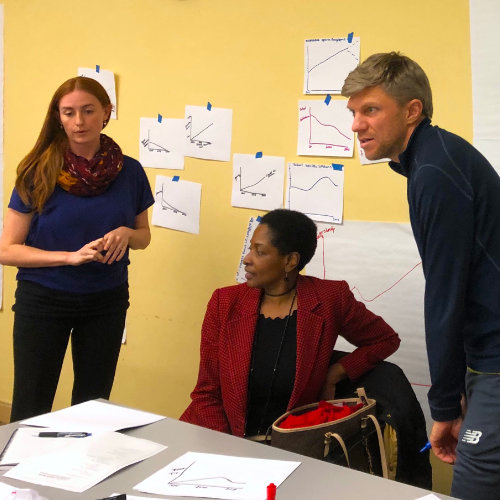
DEFINE
the problem and how it has changed over time
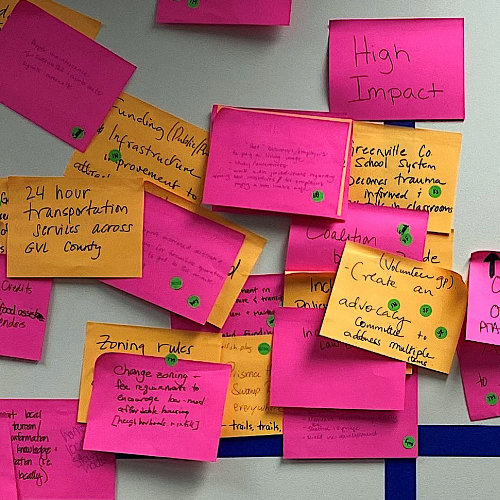
CONNECT
related variables, identify feedback loops
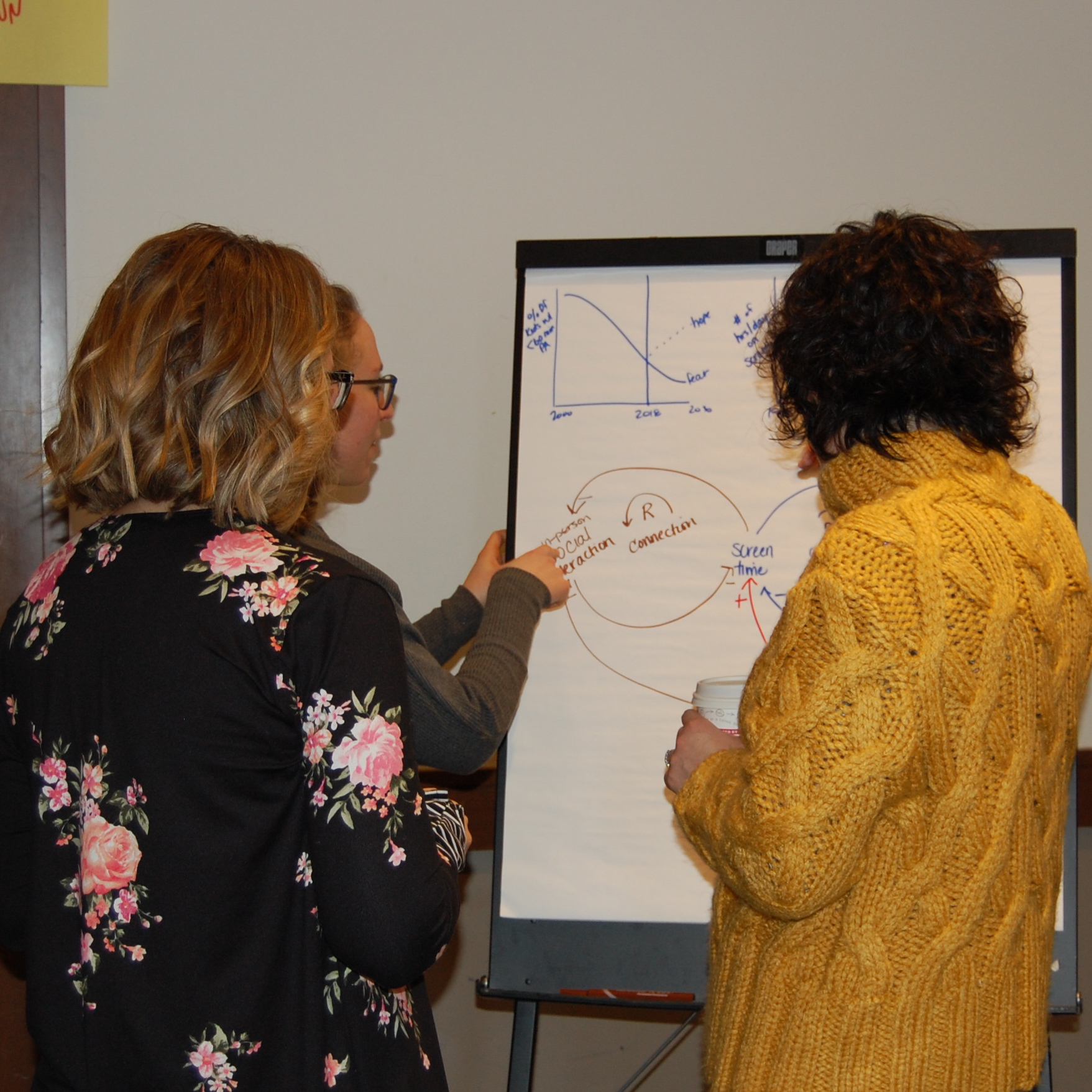
GENERATE
action ideas for intervening to shift systems conditions
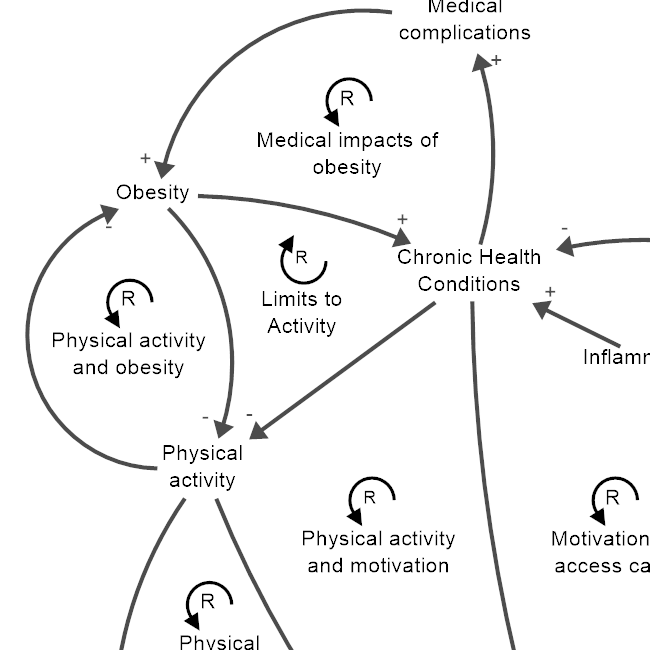
PRIORITIZE
strategies using current research, evidence and context-specific considerations
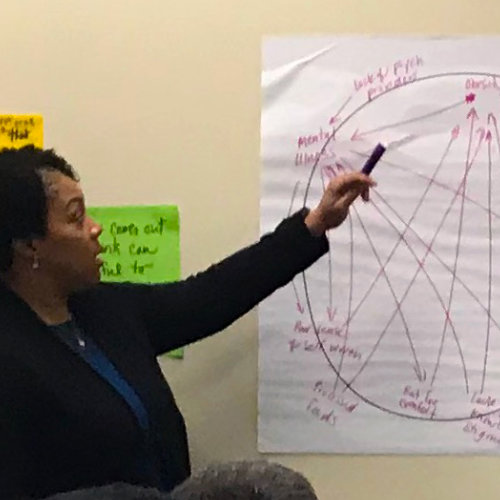
IMPLEMENT
programs and policies to improve health, using data to optimize implementation

SUSTAIN
and evaluate programs for continued community impact
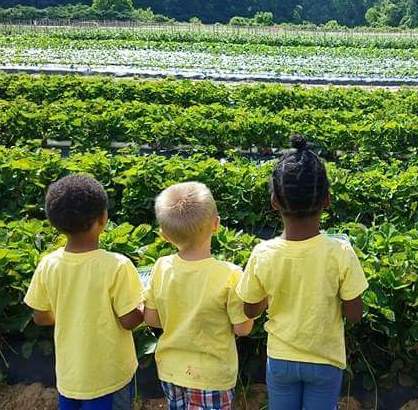
THE SCIENCE BEHIND THE PROCESS
The Stakeholder-driven Community Diffusion process integrates several systems science methods for research and community engagement, including agent-based modeling, social network analysis, and Community-based System Dynamics.
From the combination of these three methods, we engage communities in the process of understanding and changing systems, putting community perspectives at the fore to advance shared goals and improve child health. This process places a unique emphasis on building community capabilities to visualize complexity, understand connections, generate deep understanding of health and wellbeing, and explore action to meaningfully impact the health of an entire community.
